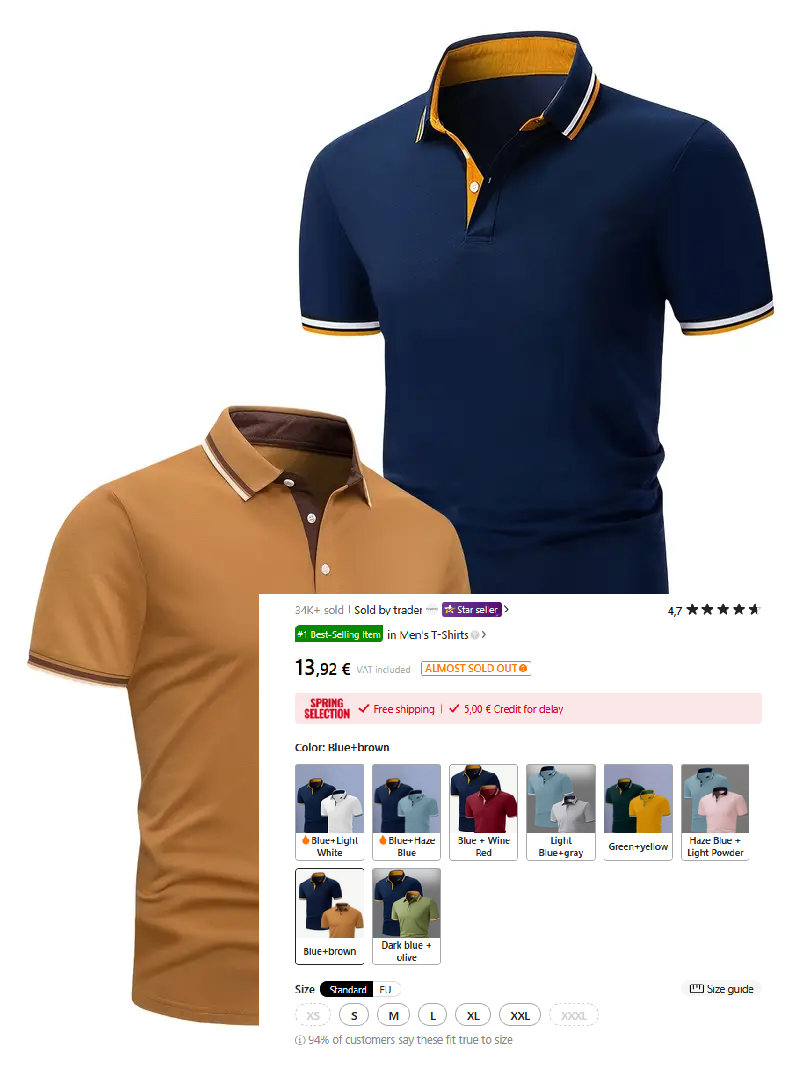Chi Square Test in SPSS Part 2
YOUR LINK HERE:
http://youtube.com/watch?v=h8KPP60Q4GY
How to run a chi square test of independence in SPSS and interpret the output is illustrated in this video. • Chi Square Test • Cross Tabs • Contingency Tables • chi-square test • Pearson Chi-square • Video Transcript: and if you saw those previous videos on the chi-square goodness of fit, you'll recall that we needed to weight the cases, because SPSS will just interpret this 25 as a value, like on a quiz or test or what have you, rather than indicating 25 people. But we want SPSS to interpret these as frequencies, that is 25 people, 75 people, and so on. So to do that we need to go to Data on the menu bar, so go ahead and click on that, and then go down to our last option, Weight Cases. Click on Weight Cases and then here we want to weight the Frequency variable, so click Frequency, and then select the radio button here Weight Cases by. So click on that and then go ahead and click on the arrow. The frequency variable is now moved over to the Frequency Variable box, so go ahead and click OK. And notice down here you see Weight On at the bottom of the window. That indicates that the frequencies have in fact been weighted. So that looks good. So now we can run the chi square test of Independence. To do that select Analyze, and then Descriptive Statistics, and then we want to go ahead and select Crosstabs. And here we're going to move gender into our first box here, the Row, and aggressive driving into the Columns box. And it really isn't a big deal which variable is in which box, the only thing you want to make sure is that we keep the frequency variable over in the left. We already took care of the frequency variable when we weighted the cases a few moments ago. Next, we'll click on Statistics and then here it is very important to note that notice the Chi-square here, this box is unchecked by default. So if we don't check this box, we will not get a chi-square statistic reported. So it's very important to check this box. And then we'll also check this box, Phi and Cramer's V, this is our measure of effect size for the chi-square test of independence. Go ahead and click Continue. And then go to Cells. And under Counts, let's select Expected. And then under percentages we'll select Row. Click Continue. And that looks good, everything's ready to go, so click OK. And here we get our output in the viewer window. Our first table here we'll just briefly cover. This tells us that we had 200 people total, and that there were zero cases or people missing. So, in other words, all of the values were processed, which is great, that's exactly what we want. Our next table we'll pass over for a few moments and we'll come back to it shortly. Let's go ahead and move down to our next table, the Chi-Square Tests table. This is the table we're going to look at to assess whether our results are statistically significant or not. And what we want to do here is look at the results for the Pearson chi-square. We're going to be using these values in this first row. We won't be concerned with these other values, these other p values, all we want is the first row of values. And notice it says Pearson chi-square. If you recall at the beginning of this presentation, we had said that the chi-square measures whether there is a relationship between two categorical variables. Well if you saw the correlation videos, you might recall that we were using the Pearson correlation, and it measures whether there was a linear relationship between two variables. So Pearson actually created the correlation, and he also developed the chi-square, and both of these procedures assess whether or not there is a relationship between two variables. Whereas chi-square deals with categorical variables, Pearson's correlation deals with variables that are quantitative in nature. That is, they have a number of different values like height and weight they aren't categorical, where a person falls into one of two, or a few categories. Alright, so as always, to assess this test we're going to look at the p-value, which is reported here under Asymptotic significance. Notice our p-value is .005. With an alpha of .05, we'll use our decision rule as always. And we want to ask ourselves, which of these two conditions does the result fall into. • For more SPSS videos: http://tinyurl.com/nywhxw3 • SPSS videos statisticsinstructor/Quantitative Specialists: • YouTube channel: / statisticsinstructor • Udemy inferential course: https://www.udemy.com/inferential-sta... • Udemy descriptives course: https://www.udemy.com/descriptive-sta... • Udemy ANOVA course: https://www.udemy.com/anova-spss • Udemy MANOVA course: https://www.udemy.com/manova-spss
#############################

 Youtor
Youtor




